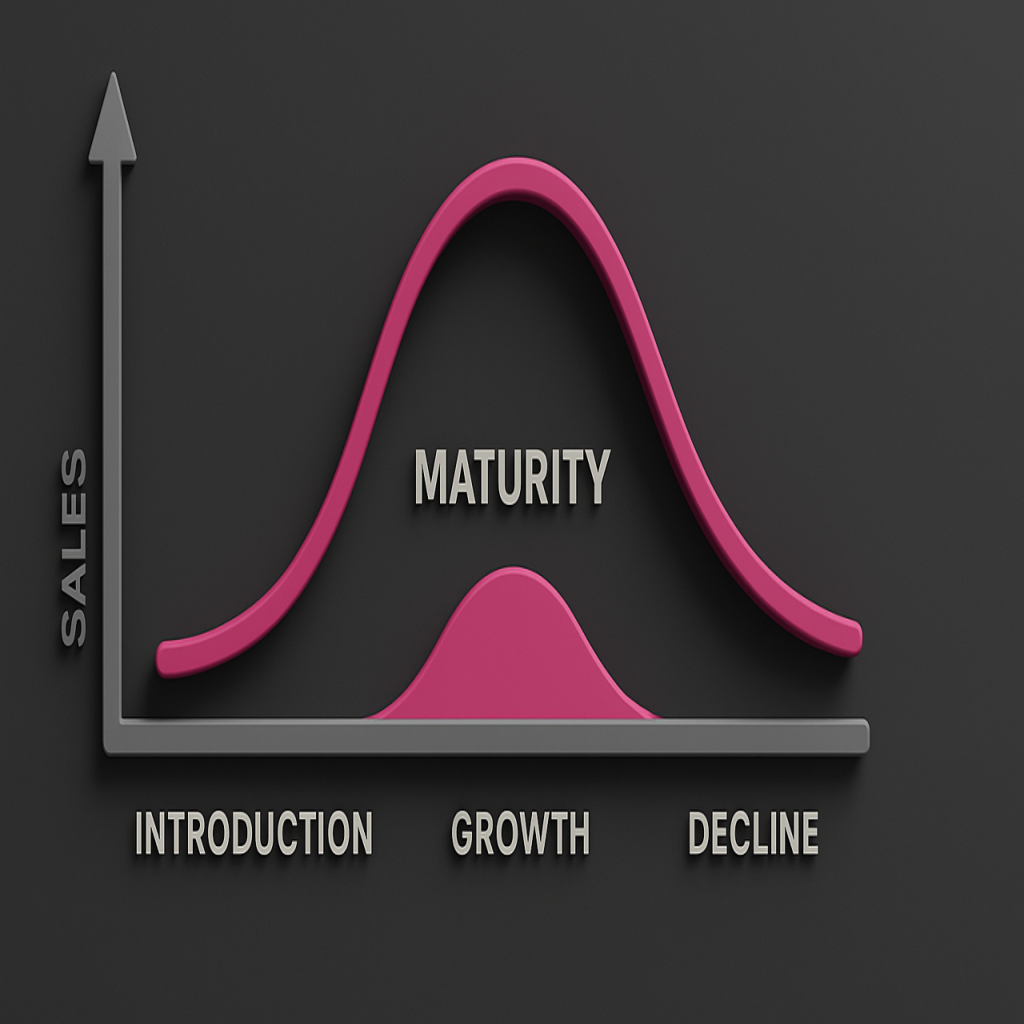What Is a Product?
Before understanding the life cycle, it’s essential to clarify what “product” means in the context of management and marketing.
Broadly speaking, a product is any good, service, or idea that has value for a specific audience and is offered to the market with the goal of satisfying a need or desire. This concept includes not only tangible items such as clothing, cars, and electronic equipment, but also services (consulting, health plans, software), experiences (travel, cultural events), and even intangible concepts like social causes or educational initiatives.
According to Philip Kotler, one of the foremost figures in marketing, a product should be understood on three levels:
- Core product: the central benefit or solution to the need (e.g., a smartphone as a means of communication).
- Actual product: the physical or functional form of that benefit (design, features, packaging, brand).
- Augmented product: additional services that add value (warranty, technical support, software updates).
This broader view helps us understand that a product goes beyond the object itself—it involves the total experience delivered to the customer, combining functional, emotional, and symbolic attributes.
Understanding the Product Life Cycle
The Product Life Cycle (PLC) is a classic management model that describes the stages a product goes through from its launch to its withdrawal from the market. This concept is widely used in administration, marketing, and innovation because it allows companies to plan appropriate strategies for each stage. The central idea is that no product grows forever—it is born, develops, matures, and eventually loses relevance.
The Four Main Stages
- Introduction – The product is launched into the market. Investments in research, development, and marketing are high, while sales remain low. The focus is on creating awareness and attracting early adopters.
- Growth – Sales accelerate, and market acceptance increases. Competitors enter the segment, and the company seeks to expand its market share, strengthen the brand, and achieve profitability.
- Maturity – The product reaches its peak in sales, and competition intensifies. Growth stabilizes, and profit margins begin to tighten. Strategic efforts focus on differentiation, customer loyalty, and incremental improvements.
- Decline – Sales start to fall, often due to technological changes, market saturation, or more attractive substitutes. The company must decide whether to discontinue, reinvent, or reposition the product.
Modern Approaches and Extensions
Although the traditional four-phase model remains a reference, modern approaches recognize that the cycle can be more dynamic and flexible:
- Saturation stage: some authors separate this from maturity, identifying a phase where sales remain stable but stop growing significantly.
- Life-cycle extension: practices like relaunches, brand repositioning, incremental innovation, or expansion into new markets can prolong a product’s lifespan.
- Shorter cycles: in the digital age, tech products and online services often have shorter life cycles, demanding greater agility in management.
- Ecosystem perspective: rather than viewing a product in isolation, many companies integrate it into portfolios or platforms, generating continuous value even when an individual item loses strength.
The Importance of Knowing the Product Life Cycle
Understanding the product life cycle is crucial for companies to adopt smarter, more targeted strategies at different market moments. Key benefits include:
- Strategic planning: each stage requires distinct decisions—from heavy investments in innovation and marketing early on to efficiency and retention initiatives during maturity.
- Resource management: knowing a product’s stage helps allocate budgets, teams, and efforts more effectively, avoiding waste and maximizing returns.
- Pricing strategy: prices evolve according to the stage—they may start high at launch, become competitive during growth, and drop for clearance in decline.
- Innovation and renewal: recognizing the start of decline gives time to plan new launches, repositioning, or incremental improvements to prolong market relevance.
- Risk reduction: by anticipating natural life-cycle movements, managers can mitigate competitive threats and prepare the organization for environmental shifts.
In summary, understanding the product life cycle transforms marketing and innovation management into a more proactive, results-oriented process. It enables companies to adapt to market dynamics and fully harness the potential of each product.
You may also like: The 7 Phases of a Product Life Cycle: From Idea to Final Decision

